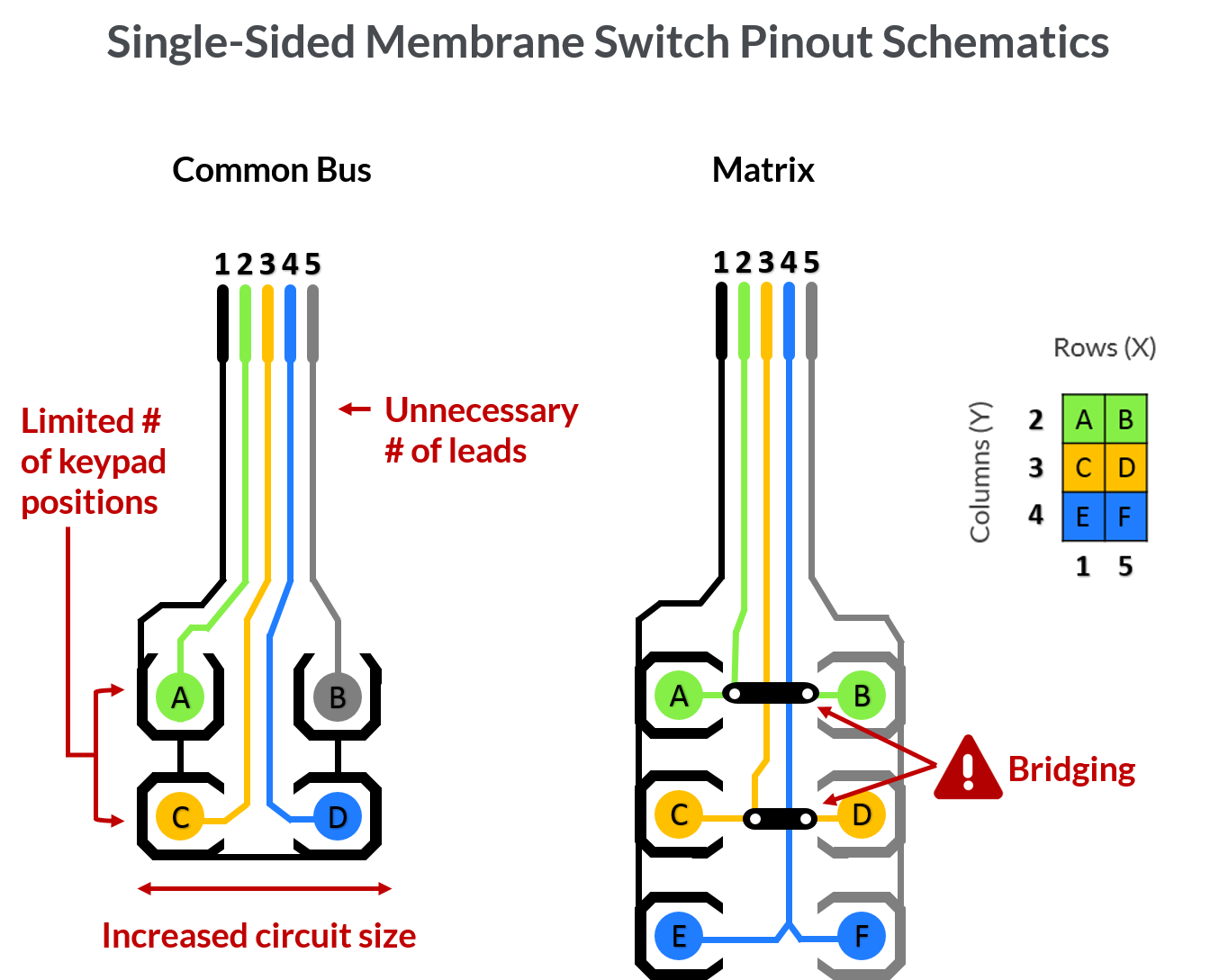Understanding the Performance of Membrane Changes for Interface Gadget
The performance of membrane switches represents a substantial development in interface design, integrating efficiency with visual adaptability. These buttons operate with a multi-layered structure that converts individual interactions into electric signals, enabling both compact designs and strength against ecological factors. As markets significantly prioritize user experience, recognizing the nuances of membrane layer switch modern technology becomes vital. What effects do these improvements hold for future applications, and how might they redefine customer interactions throughout various tools?
What Are Membrane Layer Switches?
Membrane switches are ingenious interface tools that facilitate customer interaction with electronic equipment. These flexible elements are composed of several layers, including a visuals overlay, spacer, and a published circuit layer. The design permits a seamless integration right into numerous electronic devices, improving both the aesthetic and practical facets of customer interfaces.
Membrane layer buttons are frequently used in a wide variety of applications, from family home appliances to industrial equipment and medical devices. Their construction usually includes a thin account, making them an excellent option for portable layouts. The responsive comments offered by these buttons can be engineered to fulfill details individual choices, guaranteeing effective interaction in between the individual and the tool.
Durability is another substantial advantage of membrane layer switches, as they are immune to dust, moisture, and chemicals, which improves their life-span sought after environments. In addition, these switches can be customized in regards to shape, size, and visuals design, enabling branding and user-specific functions. In general, membrane layer changes represent a practical option for improving customer experience in digital tools, incorporating functionality with visual allure in an effective fashion.
How Membrane Layer Switches Work
Operating on a simple principle, membrane layer switches use a split building and construction to sign up customer input efficiently. Each switch consists of several layers, consisting of a published circuit layer, a spacer layer, and a top visuals layer, which are designed to collaborate effortlessly. When an individual presses the top layer, it presses the spacer layer, bringing the conductive aspects of the circuit layer into call with each various other.
This get in touch with develops a shut circuit, indicating the device to perform a certain feature. The layout allows for various configurations, including responsive feedback, which can improve the user experience by offering a physical experience upon activation. The products used in membrane switches commonly consist of flexible substrates, such as polyester or polycarbonate, which make sure resilience and resilience versus damage.

Secret Advantages of Membrane Switches

One more substantial benefit is their compactness. Membrane switches are thin and lightweight, which allows producers to save area in their gadgets without compromising functionality. This function is particularly useful in applications where weight and quantity are important considerations.
In addition, membrane layer buttons are immune to dust, dampness, and chemicals, improving their resilience. This strength extends their lifespan and decreases the requirement for constant replacements, leading to cost savings over time.
Moreover, the tactile responses offered by membrane layer switches can be maximized to enhance user interaction. They can include functions such as elevated switches or audible clicks, enhancing use and user experience.
Applications Throughout Industries
Interface tools utilizing membrane layer buttons prevail in a large selection of industries, showcasing their adaptability and performance. Membrane Switch. In the clinical field, membrane switches are indispensable to gadgets such as diagnostic devices and individual monitoring systems, where their sturdiness like this and convenience of cleaning are critical for maintaining hygiene standards. In the auto sector, these buttons are used in control panel controls and infotainment systems, providing a smooth and contemporary user interface for customers.
Moreover, the consumer electronics industry benefits from membrane switches in home appliances and handheld devices, where compact style and easy to use user interfaces improve customer experience. Industrial applications also leverage membrane changes for control board in equipment and automation systems, stressing their toughness and resistance to rough environments.
In the aerospace and defense markets, membrane switches are used in cockpit controls and devices, Find Out More where dependability and efficiency under extreme conditions are critical. Additionally, the pc gaming sector increasingly incorporates membrane layer switches in controllers and gallery makers, contributing to an appealing individual experience. Overall, the convenience of membrane layer changes enables their widespread use across numerous sectors, highlighting their importance in contemporary user interface style.
Future Patterns in Membrane Layer Switch Technology

In addition, the use of sophisticated products, such as polycarbonate and polyester films, is expected to increase, supplying boosted durability and resistance to environmental stress factors. These products contribute to the overall durability of membrane layer switches, making them suitable for harsher commercial applications.
Furthermore, the incorporation of wise innovation, consisting of IoT connection, will certainly allow membrane layer buttons to connect with other gadgets and systems, assisting in an extra interactive user experience. This trend lines up with the expanding need for clever tools throughout numerous fields, from health care to consumer electronic devices.
Last but not least, modification options are anticipated to broaden, enabling makers to develop bespoke options customized to certain individual requirements and preferences. These developments will position membrane layer buttons as essential parts in the advancement of customer interface modern technology.
Verdict
In verdict, membrane layer switches stand for a pivotal development in customer interface modern technology, supplying a trusted and flexible option for diverse digital applications. As advancements in material scientific research and touch sensing innovations proceed, the functionality and applicability of membrane layer switches are expected to broaden, strengthening their value in modern electronic devices.